19th Century
Deutschland
In the rural area of Vierlanden in the southeast of Hamburg people felt particularly obliged to tradition in the past. The farmer and his wife decorated their property and proudly presented it on all important occasions of life such as birth, confinement, wedding or funeral. The Vierlanden samplers brought together a variety of motifs of symbolic nature that were supposed to decorate a wedding pillowcase, a shroud, a bed of state, a show towel or garments in subsequent years.

The rosette – the circle – is regarded as a universal symbol of entirety, infinity, perfection and is still in use in the wedding ring, in the bridal wreath and in the funeral wreath.

The rhombus – lacking the top – symbolizes the female creative principle: the birth. It is – in representation of the vulva as well – a symbol of life of many goddesses of fertility in the folk art of a great number of nations. The “female rhombus” (lozenge?) turns into the “loving heart”.

In the myths of several countries the tree of life represents
- the seat of the gods,
- its fruit nourish gods, deceased kings and beatified persons and give immortality,
- the “light”, because it stands at the eastern end of the world – where the sun rises,
- good and evil; the forbidden fruit from the “tree of knowledge” result in the Fall of Man,
- the “realm of the dead“ – the “land of life” according to mythical thinking,
- the Divine Mother who is with child and revives life.

The cross – the axis in a rosette – is often used for the “axis of the world” (earth’s axis), the allegory of Christianity, the salvation of mankind.

Various small motifs have a figurative sense: birds facing each other – love, small trees – tree of life, angel – angel of death, bird of death.

The stitchers’ names often are abbreviated behind the initial letter of the first two syllables, e.g. Trin-ke Kru-se: TRKS, Met-te Lüt-ten-see: MTLTS.
France
Switzerland
The Netherlands
GR’s work from 1810 is a vivid example of this special kind of samplers originated in the Eastern Groningen area in Holland. The five villages of Winschoten, Reiderland, Bellingwedde, Vlagwedde and Veendam belong to the area of the Dollart.
Belgium
Denmark
Great Britain
All samplers that were made by the girls from Ackworth School in large numbers have one thing in common: They are unmistakable.
A) Darning samplers: often white in white, but also in colours; often with the name, the name of the school, the year. B) Samplers with pious texts (so-called homilies): black yarn, block letters, sometimes framed by an oval border. C) Samplers with framed motifs (so-called medallion samplers): either stitched in dark colours or in fine colourful silks; both species show geometric and stylized floral motifs; often, the edge was designed by half medallions; plants and birds are predominant in most of the rhombic forms; many of these samplers contain various initials in wreaths, and a token of love; they are often dedicated to an individual classmate and characterize in this way the strong idea of friendship within the Spartan system of this school.
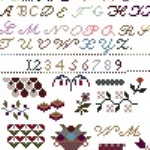
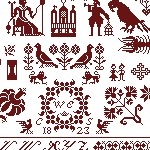
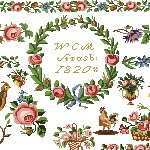
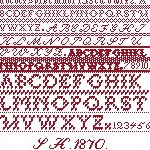
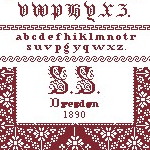
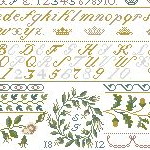
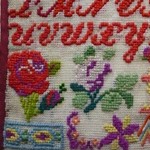
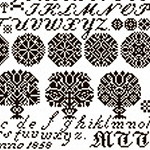
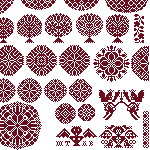
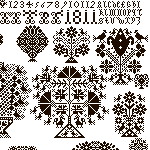
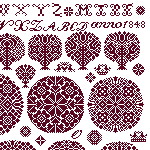
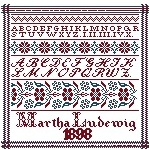
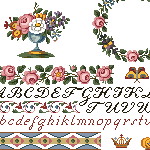
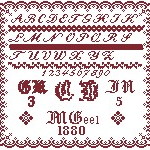
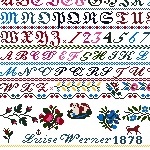
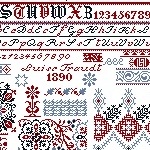
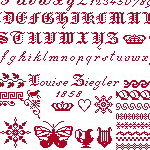
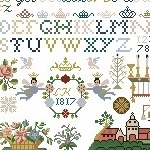
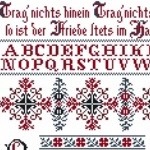
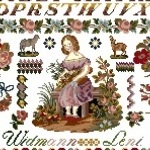
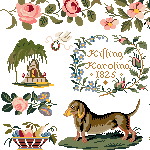
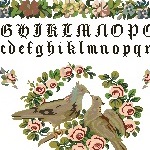
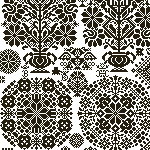
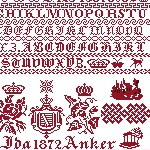
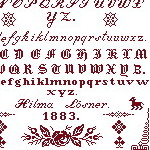
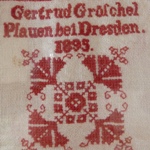
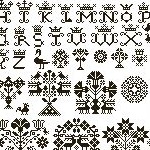
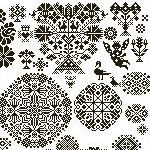
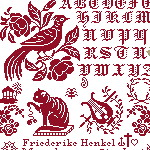
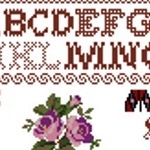
![[Translate to English:] FK AM 1896 [Translate to English:] FK AM 1896](/fileadmin/bilder/fk_am_1896_xs.jpg)
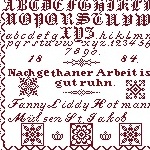
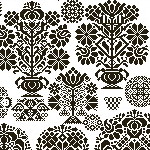
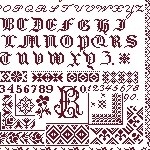
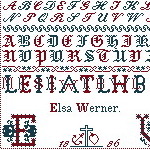
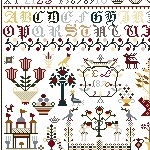
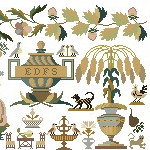
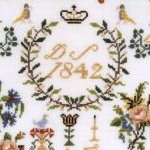
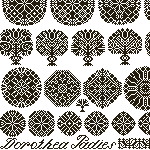
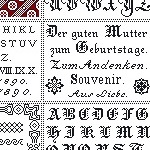
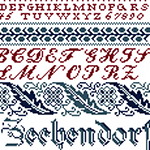
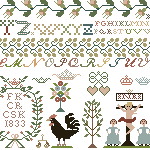
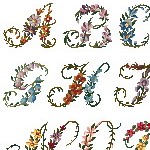
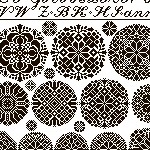
![[Translate to English:] BK 1887 [Translate to English:] BK 1887](/fileadmin/bilder/bk_1887_xs_19.jpg)
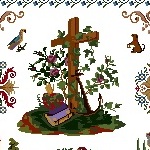
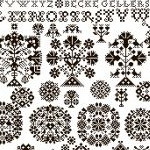
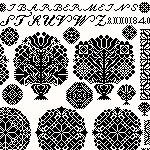
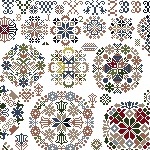
![[Translate to English:] Bamberg 1890 [Translate to English:] Bamberg 1890](/fileadmin/bilder/Bamberg_1890_19.jpg)
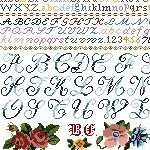
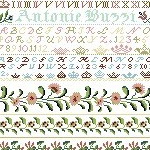
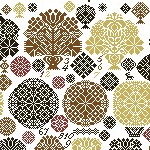
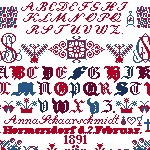
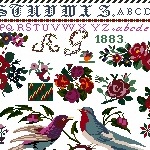
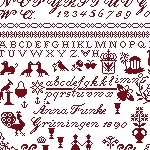
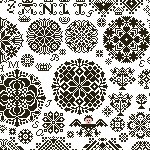
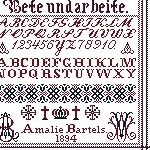
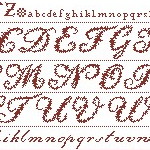
![[Translate to English:] A. Tächner 1873 [Translate to English:] A. Tächner 1873](/fileadmin/bilder/a_taechner_1873_19.jpg)
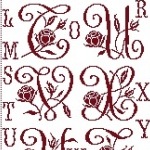
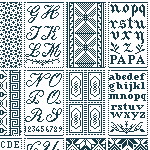
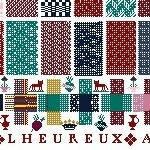
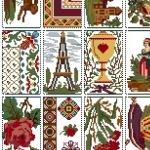
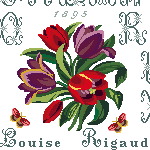
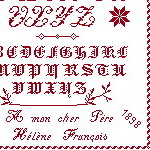
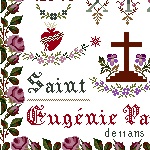
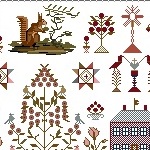
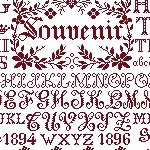
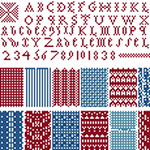
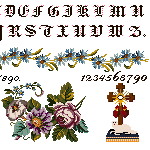
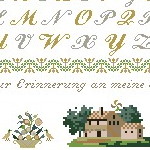
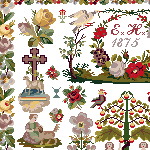
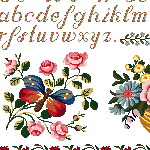
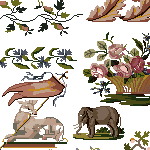
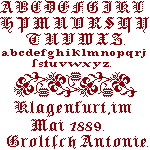
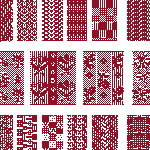
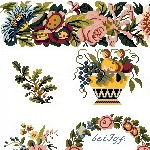
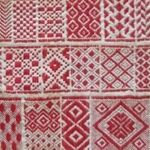
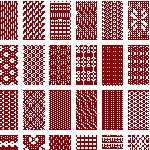
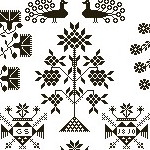
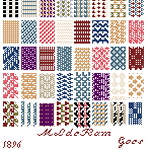
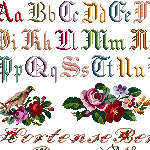
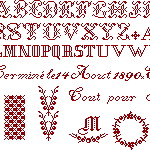
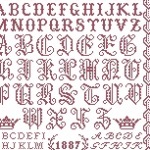
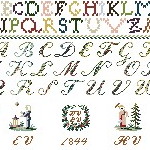
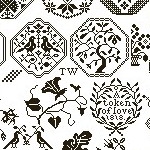
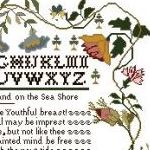
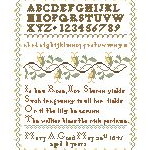
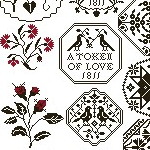
![[Translate to English:] Margaret Kay 1842 [Translate to English:] Margaret Kay 1842](/fileadmin/bilder/margaret_kay_1842_19.jpg)
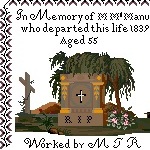
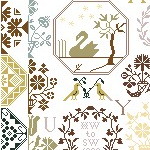
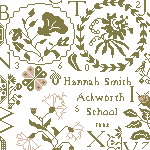
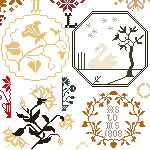
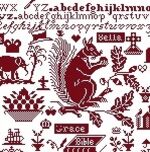
![[Translate to English:] Ellen WinStanley 1855 [Translate to English:] Ellen WinStanley 1855](/fileadmin/bilder/ellen_winstanley_1855_19.jpg)
![[Translate to English:] Ella Loewensten 1872 [Translate to English:] Ella Loewensten 1872](/fileadmin/bilder/ella_loewensten_1872_xs_19.jpg)
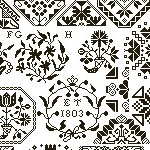
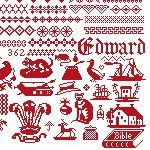
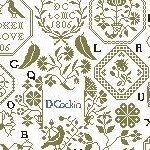
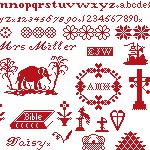
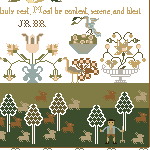
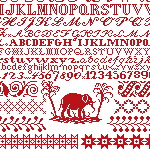
![[Translate to English:] Barbara Weall 1870 [Translate to English:] Barbara Weall 1870](/fileadmin/bilder/barbara_weall_1870_19.jpg)
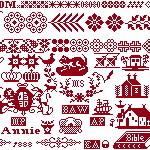
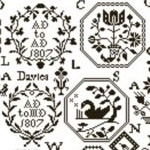
![[Translate to English:] Agnes Martha Lisney 1879 [Translate to English:] Agnes Martha Lisney 1879](/fileadmin/bilder/agnes_martha_lisney_1879_19.jpg)
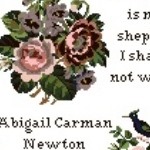
![[Translate to English:] Ramoncita Pita 1861/62 [Translate to English:] Ramoncita Pita 1861/62](/fileadmin/bilder/ramoncita_pita_1861_xs_19.jpg)
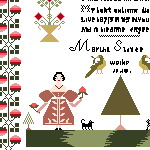
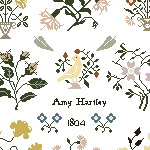
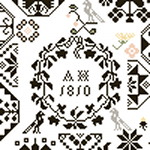
![[Translate to English:] Melitona Marti 1895 [Translate to English:] Melitona Marti 1895](/fileadmin/bilder/melitona_marti_1895_19.jpg)